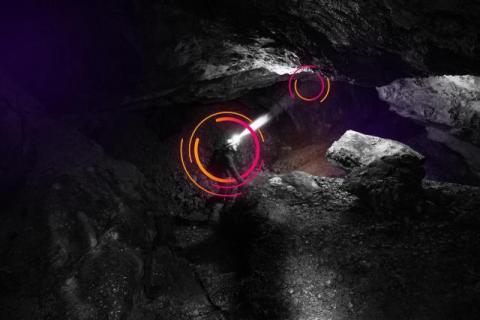How Apica Flow Economizes Your Splunk Costs
In the current high-volume business environments, the demand for accurate and available data is higher than ever. Traditional data management solutions often fall short, escalating costs and operational challenges. Gartner reports that by 2027, at least 40% of organizations will deploy advanced data storage management solutions, a significant increase from just 15% in early 2023. This shift underscores the urgent need for efficient data management tools.










